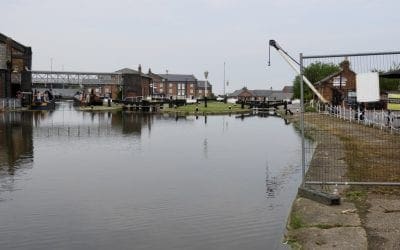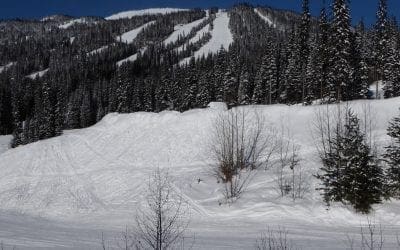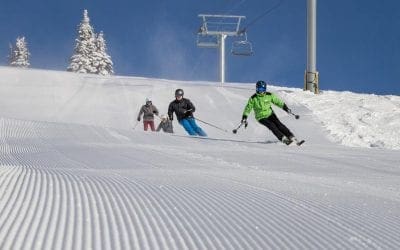Europe Trip 2018 – week 5 Crich Derbyshire
Essentially Danish to NE English to SW Monday 28 May 2018. Day 28. Drive from Frodsham (in Cheshire and old England) to Crich (in Derbyshire and therefore in Danelaw). We have left old England and entered old Danelaw. For about 300 years, this eastern side of Britain was...
Europe Trip 2018 – week 4 Cheshire Liverpool
The hydraulic system is hidden in the middle Most of the structure was added for the electrical adaptation Thursday 24 May 2018. Day 24. Quite a day - we overdid it a bit. We drove (1 1/2 hours) from Ironbridge to Frodsham - our next accomodation (5 of 22) Homeaway again....
Europe Trip 2018 – week 3 Banbury Ironbridge
Thursday 17 May 2018. Day 17. Today begins the real road trip. We have begun with the car. We took a 360 bus to Vauxhall and then a South West Train to Virginia Water (that bit took 2 hours) to pick up our car from Penny Car Hire which I had found after considerable...
Europe Trip 2018 – week 2 London
Entrance to EuroTunnel Your get the idea Thursday 11 May 2018. Day 11. This was a huge day. Eurostar From Paris to London and Shakespeare's Globe Theatre production of Twelfth Night at 7:30. It all ran exactly to plan and from that point of view was extremely boring. 7am...
Europe Trip 2018 – week 1 – Paris
Riding up Champs-Elysees We are embarking on an eight week road trip beginning in Paris, London and then by road throughout much of the big island of Britain. Preparation. This will be our most complicated road trip yet. I think that we have 22 places of accommodation...
Sun Peaks trip 2018 – Week 6/7
Powder in trees Sun Peaks Saturday 24 Feb 2018. Another day off for me. Helen has gone out for a morning of Resort Telemark. Absolutely glorious conditions, sunshine, new snow and flurries. I was intending to go out, but realistically, I need more time to recover from my...
Sun Peaks trip 2018 – Week 5
Thursday 15 Feb 2018. Sunny and cold -13ºC in the village and -17ºC at Morrisey top. We skate skied the same track as Tues 13 Feb - Down Holy Cow, along Moose, down part of MacGillivray, down Black Bear up and along Vista back to Morrisey base. Despite beautiful looking...
Sun Peaks trip 2018 – Week 4
Tuesday 6 Feb 2018. A change today. Our first day of cross-country skiing. We took the skating skis out for a try. Hmm. We only managed to ski out and back on the Cotton Tail - the easiest run which goes up gently from the base of Morrisey. Gradually remembering how to...
Sun Peaks trip 2018 – Week 3
Distant snowy peaks Wednesday 31 Jan 2018. A delightful sunny day. We were on the sixth chair for runs down Homesteader and Granny Greenes. Then over the Cahilty 5 Mile for two runs (we were first down the first of those and it was extremely good). Then we met up with our...
Korea by Michael Pembroke
This is a very good read and should be a compulsory read in order to understand our times. Michael Pembroke has produced a page turner of the history of Korea and America's involvement. The main events on which everything hinges were an invasion of North Korea by the US...
Sun Peaks trip 2018 – Week 2
Top of Sunburst Lift Wednesday 24 Jan 2018. Skied 6 runs, 2:30 hours, 2,800 descent, max speed 42.2kph, recovery 30 hours. Very cloudy on Tod Mountain so not too many skiers went on Sunburst lift. We were at the lift line in time to see first people on the lift at 8:30....
Home Fire – Kamila Shamsie
This is an excellent book. Extremely well written. Kamila Shamsie tackles a difficult subject with a very light touch. We are in modern times, mainly in the UK. The subject matter is how young muslims are lured/tricked into travelling to join Islamic State in Iraq. The...


















